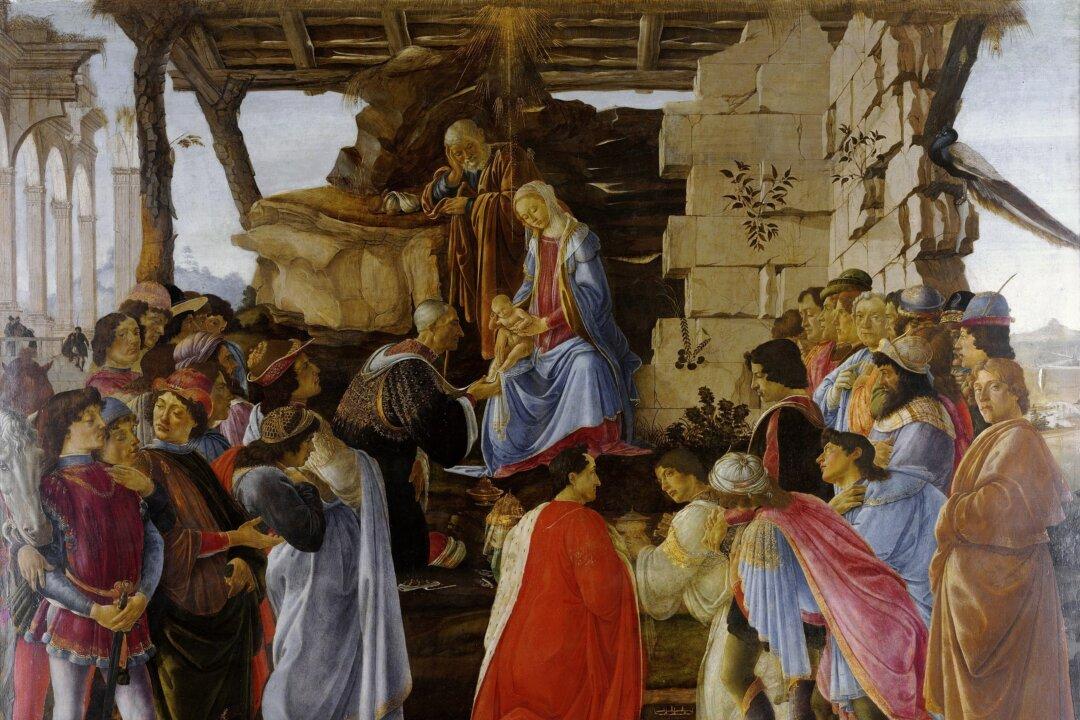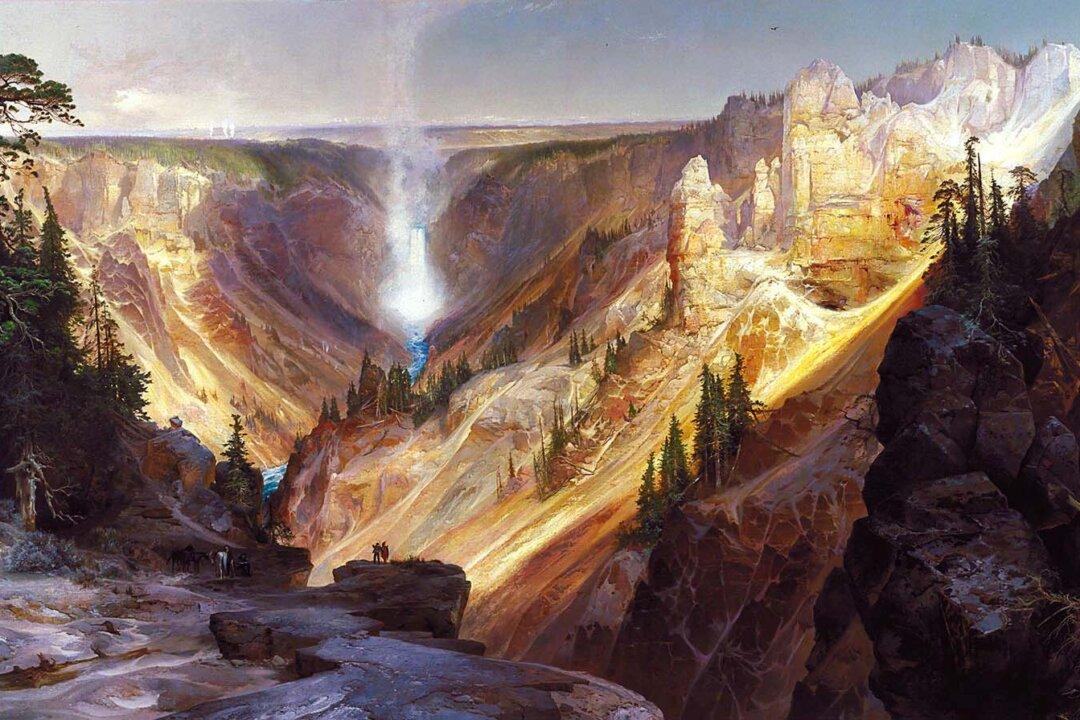This summer, my husband, four children, and I moved from our colorful little farm on a Florida bayou closer to the bustle of town. Leaving the hum of sleepy cicadas, the stretch of snowy egrets over watery sunsets, and early mornings working in a big, old barn was tough to accept.
But our oldest son started high school, and adding another destination to the sunrise trek to the other side of the shining bay—in addition to all the subsequent trips required in a school day—caused us to reconsider where we live and work at this juncture.





